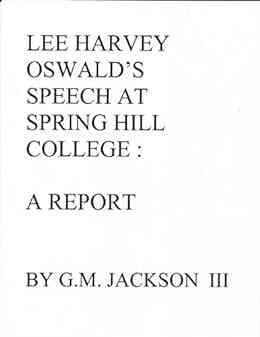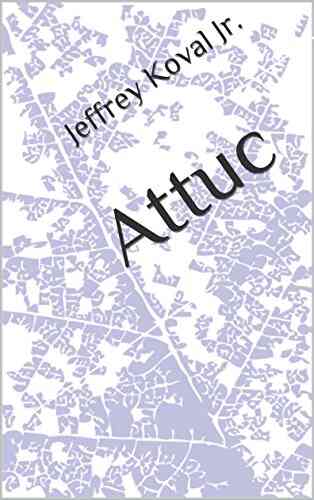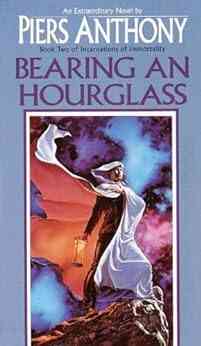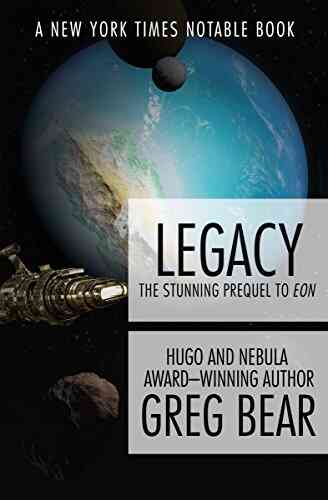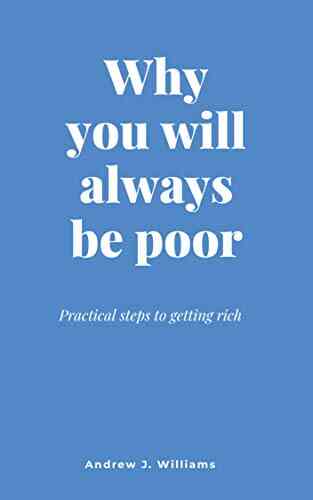Lee Harvey Oswald: Unveiling the Controversial Speech that Shook Spring Hill College

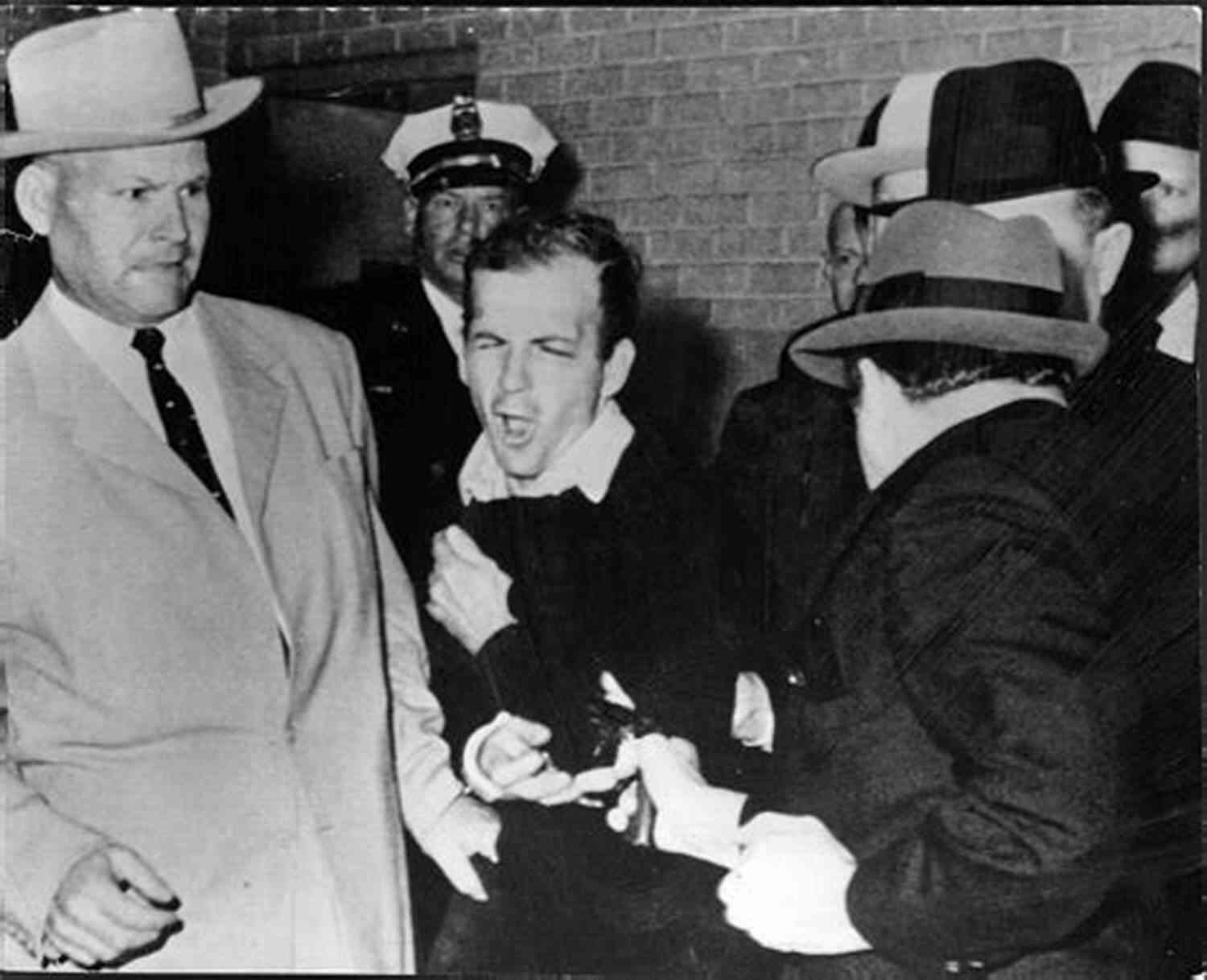
Lee Harvey Oswald is an infamous name that will forever be associated with the assassination of President John F. Kennedy on November 22, 1963. Oswald's role in the tragic event has been extensively discussed and analyzed, but there is one aspect of his life that often goes unnoticed – his controversial speech at Spring Hill College in Mobile, Alabama.
Spring Hill College, a small Jesuit liberal arts college, may seem an unexpected venue for such a consequential speech. However, it was this very setting that shaped Oswald's controversial ideas and beliefs, ultimately leading him down a path of radicalism.
The Background of Lee Harvey Oswald
Born on October 18, 1939, in New Orleans, Louisiana, Oswald had a turbulent childhood. At a young age, he struggled with abandonment and was constantly on the move with his mother and siblings.
4.5 out of 5
| Language | : | English |
| File size | : | 871 KB |
| Text-to-Speech | : | Enabled |
| Enhanced typesetting | : | Enabled |
| Word Wise | : | Enabled |
| Print length | : | 20 pages |
| Screen Reader | : | Supported |
It wasn't until his teenage years that Oswald arrived at Spring Hill College. Initially drawn to the college's reputation for academic excellence, Oswald quickly became involved in political organizations on campus.
During his time at Spring Hill College, Oswald increasingly embraced Marxist ideology and developed a deep sense of disillusionment with American society and government. These feelings would eventually lead him to commit one of the most notorious acts in American history.
The Infamous Speech
On April 26, 1963, Oswald was invited to deliver a speech at the Spring Hill College campus. Titled "The Threat of American Capitalism," the speech was met with mixed reactions from the audience.
Oswald's speech argued against the capitalist system and expressed his belief that it perpetuated inequality and injustice. He criticized the American government for its alleged involvement in world affairs, particularly in the escalating Vietnam War.
Although Spring Hill College was known for hosting speakers from a wide range of political backgrounds, Oswald's speech was particularly contentious. His radical ideas and controversial statements pushed the boundaries of acceptable discourse, leaving many in shock and disbelief.
Some students and faculty members saw Oswald as a charismatic and passionate speaker, ready to challenge the status quo and fight for social justice. Others viewed him as a dangerous provocateur, fanning the flames of radicalism among young minds.
The Aftermath and Legacy
Following his speech at Spring Hill College, Oswald's notoriety continued to grow. He became increasingly involved in activist circles and even spent time in the Soviet Union, where he attempted to renounce his American citizenship.
Months later, on that fateful day in Dallas, Texas, Oswald's radical beliefs seemingly drove him to assassinate President Kennedy. The nation was left in shock and mourning as Oswald's actions reverberated through history.
As the years have passed, the legacy of Oswald's speech at Spring Hill College remains a topic of intense interest and debate. Some argue that his speech was a turning point, confirming their suspicion that Oswald's radicalism and discontent would inevitably lead to violence.
Others believe that focusing on the speech alone oversimplifies the complex motives behind Oswald's actions. They argue that his involvement in different groups and his interactions with influential individuals created a network of influences that cannot be distilled into a single event.
Lee Harvey Oswald's speech at Spring Hill College was a crucial moment in his journey towards radicalism and eventually the assassination of President Kennedy. While the speech itself may not have directly caused his violent actions, it provides a window into Oswald's mindset and the ideological turmoil that ultimately consumed him.
Spring Hill College, once an incubator of intellectual and political discourse, unwittingly played a role in shaping a figure that would forever be etched in history. If Oswald's infamous speech teaches us anything, it is the power of ideas and the impact they can have on an individual's path.
4.5 out of 5
| Language | : | English |
| File size | : | 871 KB |
| Text-to-Speech | : | Enabled |
| Enhanced typesetting | : | Enabled |
| Word Wise | : | Enabled |
| Print length | : | 20 pages |
| Screen Reader | : | Supported |
While attending Spring Hill College, a Jesuit institution in Mobile, Alabama, I was a reporter for the campus newspaper, The Springhillian. In that function, for the December 8, 1972 issue of that paper, I wrote an account of Lee Harvey Oswald's appearance at the Jesuit House of Studies, the seminary, on July 27, 1963, four months before that tragic day in November.
I based my story on material featured in the Warren Report and the recollection of a Jesuit priest who attended Oswald's speech.
Since my editor published a condensation of my report, reduced due to the limitation of space, I would now like to use Kindle to publish a more representative version of what I originally wrote.
Oswald's cousin, Gene Murret, was one of the scholastics (novices in the study for the Jesuit priesthood) who lived in the seminary. As the House of Studies sponsored lectures on a variety of subjects, Murret felt that his cousin could give them insight into communism as he had returned from Russia after studying marxism on his own.
Oswald complied with that request and traveled to Mobile from his then-current home in New Orleans, along with his pregnant wife Marina, their baby daughter June, and members of Murret's family.
According to information compiled by the FBI for the Warren Commission, Oswald described his life as a factory worker in Minsk and contrasted the advantages and disadvantages in living between Russia and the United States.
During the Oswalds' stay at Spring Hill, one of the scholastics asked Marina, a native born Russian, to help him in his study of that language. Afterward, he sent her a letter in Russian which the FBI discovered after the assassination.
An investigation determined no criminal intent.
The version of my article that was finally published concludes by revealing "an interesting coincidence."
New Orleans businessman Clay Shaw visited Spring Hill "a month before Oswald arrived" to participate in an international business forum.
The last words for my piece run as follows: "Clay Shaw was later indicted by New Orleans District Attorney Jim Garrison for masterminding the conspiracy to assassinate President Kennedy."
Whether one feels that Oswald, alone, was responsible for the Kennedy assassination, and the murder of Officer J.D. Tippit, or accepts his assertion that he was a "patsy," and, therefore, a victim of circumstances beyond his control, through their collection of Oswald's writings, (e.g. the notes he had prepared for that speech, along with his letters and his "Historic Diary") the Warren Report offers anyone concerned with the murder of John F. Kennedy a probe into Lee Harvey Oswald's psyche.
(With the proviso that, "The motives of any man, however, must be analyzed in terms of the character and state of mind of the particular individual involved.")
Again, this Kindle upload reflects a more comprehensive view of what I originally wrote. A work that had to be edited for constrictions of space.
Do you want to contribute by writing guest posts on this blog?
Please contact us and send us a resume of previous articles that you have written.




















Light bulbAdvertise smarter! Our strategic ad space ensures maximum exposure. Reserve your spot today!

 Darren BlairRebel Darlington Brothers Avery North: The Untamed Siblings Who Defied All...
Darren BlairRebel Darlington Brothers Avery North: The Untamed Siblings Who Defied All...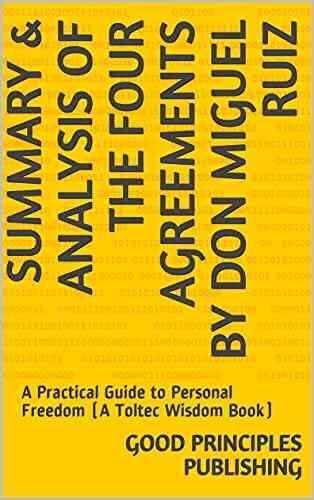
 Edgar HayesDiscover Life-Changing Wisdom: Summary Analysis Of The Four Agreements By Don...
Edgar HayesDiscover Life-Changing Wisdom: Summary Analysis Of The Four Agreements By Don... Beau CarterFollow ·3.5k
Beau CarterFollow ·3.5k Isaias BlairFollow ·11.4k
Isaias BlairFollow ·11.4k Clinton ReedFollow ·8.5k
Clinton ReedFollow ·8.5k Eddie BellFollow ·7.1k
Eddie BellFollow ·7.1k Richard SimmonsFollow ·4.3k
Richard SimmonsFollow ·4.3k Kendall WardFollow ·17.2k
Kendall WardFollow ·17.2k John SteinbeckFollow ·19.2k
John SteinbeckFollow ·19.2k Arthur C. ClarkeFollow ·19.5k
Arthur C. ClarkeFollow ·19.5k

 Gage Hayes
Gage HayesUnveiling the Mysterious Terminus Peter Clines - A Master...
In the realm of...
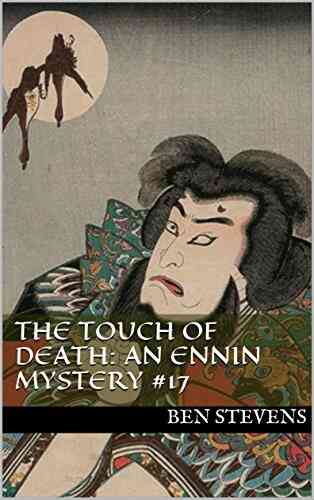
 Andrew Bell
Andrew BellThe Touch Of Death: An Ennin Mystery 17 - Delve into the...
Japanese detective fiction has captivated...
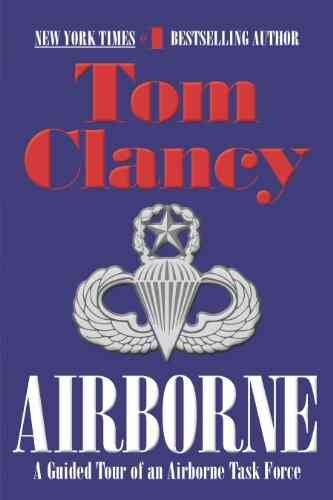
 Damon Hayes
Damon HayesThe Thrilling World of Airborne: Tom Clancy Military...
When it comes to military novels, few authors...
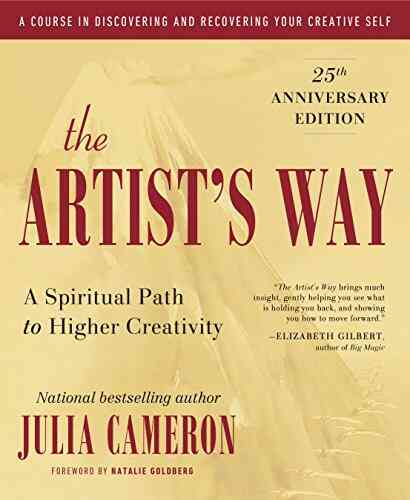
 Steve Carter
Steve CarterThe Artist Way 25th Anniversary Edition: Ignite Your...
Do you feel a burning desire to express...
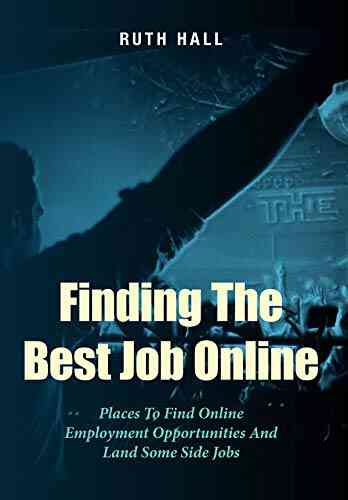
 Eugene Scott
Eugene ScottTop 10 Websites Offering Lucrative Side Jobs For Those...
Welcome to the world of freelance work and...
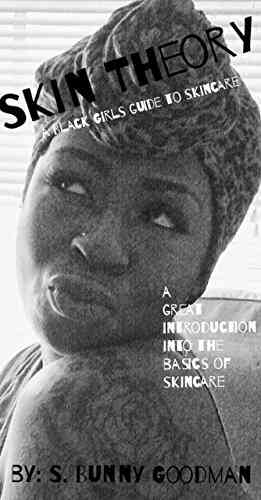
 Evan Hayes
Evan HayesThe Ultimate Black Girls Guide To Skin Care: Achieving...
For women of color, especially...

 Hank Mitchell
Hank MitchellMarried To The Alien Doctor Renascence Alliance: A Love...
Have you ever fantasized about what it...
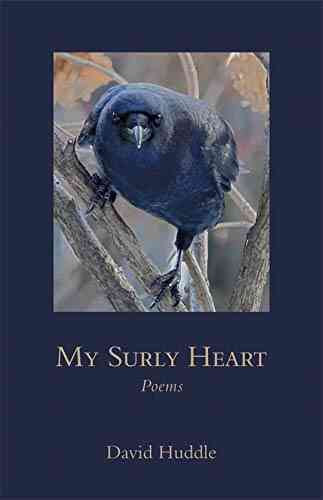
 Brenton Cox
Brenton CoxDiscover the Enchanting World of My Surly Heart Poems by...
Have you ever been captivated by the...
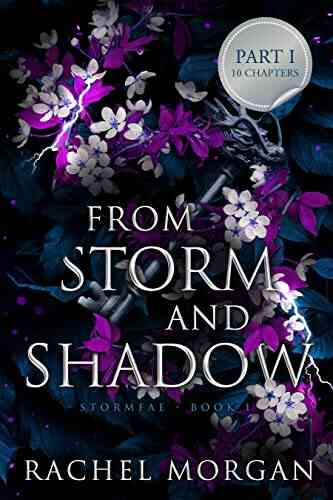
 Chuck Mitchell
Chuck MitchellFrom Storm And Shadow Part Stormfae: A Thrilling Tale of...
HTML Format: Prepare yourself to...

 Deacon Bell
Deacon BellThe Extraordinary Story of Richard Sharpe And The...
In the annals of military history, few men...
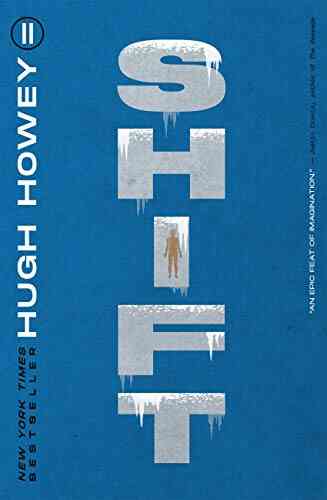
 Devon Mitchell
Devon MitchellShift Silo Trilogy - A Captivating Journey into Hugh...
When it comes to...
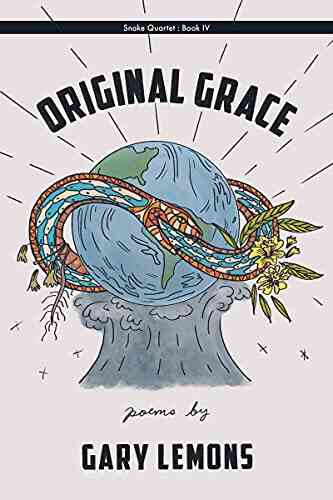
 Gene Simmons
Gene SimmonsSnake IV Original Grace Gary Lemons
Snakes are fascinating...
4.5 out of 5
| Language | : | English |
| File size | : | 871 KB |
| Text-to-Speech | : | Enabled |
| Enhanced typesetting | : | Enabled |
| Word Wise | : | Enabled |
| Print length | : | 20 pages |
| Screen Reader | : | Supported |


